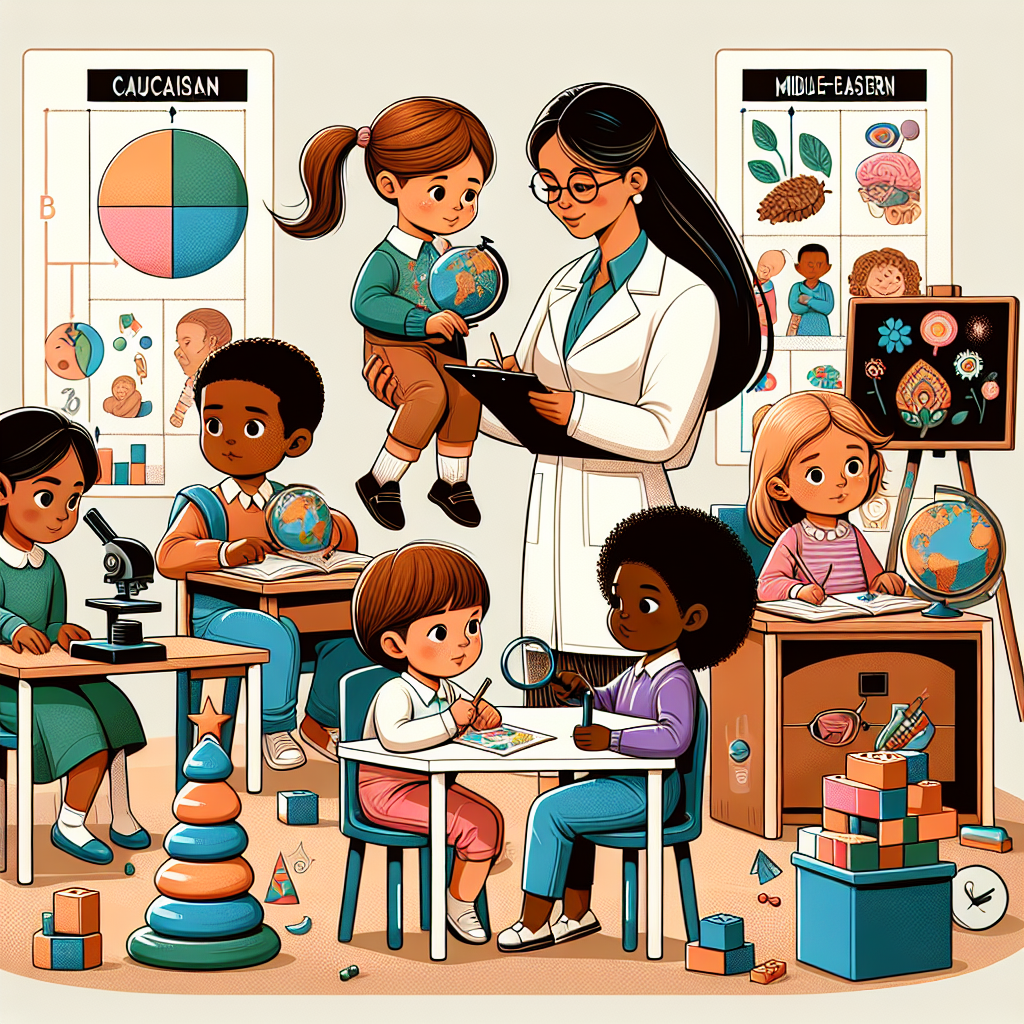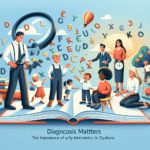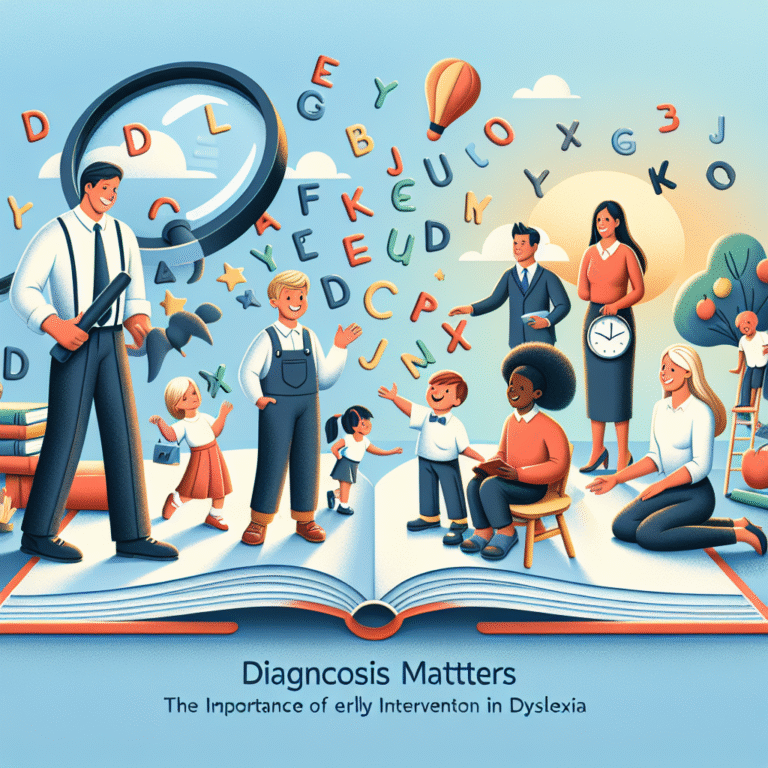
Introduction
Imagine a world where every child is given the tools to reach their fullest potential. A world where educators and parents can unlock the mysteries of a child’s learning journey, leading to tailored educational experiences that foster growth and success. Measuring Success: How Child Development Assessments Shape Future Learning is the key to creating such a world.
In an era where the importance of early childhood education has garnered widespread recognition, the role of child development assessments has become increasingly pivotal. These assessments provide insights that inform teaching methods, shape curricula, and guide parental involvement. But how exactly do these evaluations dictate the trajectory of a child’s learning? Let’s dive deeper.
Understanding Child Development Assessments
What Are Child Development Assessments?
Child development assessments are systematic evaluations that help gauge a child’s cognitive, emotional, social, and physical development. This multi-faceted approach allows educators and parents to pinpoint areas of strength and those needing improvement.
Types of Assessments
Several types of assessments exist, each serving unique purposes:
- Standardized Tests: These are structured tests that provide benchmarks against which a child’s performance can be compared to peers.
- Observational Assessments: Educators observe and record children’s behaviors in natural settings to evaluate skills and developmental milestones.
- Developmental Screenings: Short, guided checks that identify if a child is meeting general development milestones.
Table 1: Types of Child Development Assessments
| Assessment Type | Purpose | Mode of Administration |
|---|---|---|
| Standardized Tests | Benchmarking performance | Written tests |
| Observational Assessments | Evaluates natural behaviors | In-class observation |
| Developmental Screenings | Quick checks of milestones | Parent/teacher questionnaires |
Importance of Early Assessments
The early years of a child’s life are crucial, as this is when the foundation for future learning, behavior, and health is laid. Research consistently shows that children who undergo proper assessments are more likely to flourish in school and beyond.
The Role of Assessments in Educational Strategies
Tailoring Curriculum to Individual Needs
One of the most significant advantages of assessing child development is the ability to tailor educational strategies. By identifying specific strengths and weaknesses, educators can fine-tune their curricula.
For example, a child who scores lower in cognitive development may benefit from a more hands-on, interactive learning environment. A study conducted in a Texas school district found that personalized learning plans significantly improved student engagement and academic performance. This underscores the notion that measuring success through assessments allows educators to meet students exactly where they are.
Supporting Parental Engagement
When parents understand their child’s developmental stage, they can better support their learning at home. Regular assessments offer parents concrete data that empower them to become active participants in their child’s education.
Case Study: Parental Impact
In a longitudinal study involving families in New York City, researchers found that increased parental involvement led to an 18% improvement in student performance in standardized tests. By providing parents with developmental assessments, schools can create workshops that equip them to support their children’s learning effectively.
Facilitating Early Interventions
One of the most profound aspects of child development assessments is their role in early intervention. If a child shows signs of developmental delays, timely assessments can lead to necessary interventions. This early support is crucial in ensuring that gaps are closed before they widen.
Case Study: Effective Interventions
A pediatric review demonstrated that children who received speech therapy immediately after being flagged for delays showed an 80% improvement within one year. This real-world success is a testament to how measuring success through early assessments can shape future learning and life trajectories.
Bridging the Gap Between Assessment and Learning
Data-Driven Decisions
Educators equipped with data from assessments can make informed decisions that enhance classroom dynamics. Data analysis can uncover trends, allowing educators to adjust instructional strategies to meet group needs.
Chart 1: Impact of Data-Driven Instruction
| Strategy | Student Engagement | Academic Performance |
|---|---|---|
| Data-Driven Instruction | Increased by 25% | Improved by up to 15% |
Empowering Students
Empowered students are more likely to take ownership of their learning. When assessments highlight areas for self-improvement, students can set realistic goals. This ownership is foundational for motivating students to engage deeply with the learning content.
The Role of Technology
In today’s digital age, technology offers innovative assessment tools. Online platforms can streamline the assessment process, providing instant feedback and analytics. This real-time data is invaluable for educators and parents alike.
Challenges in Child Development Assessments
Standardization vs. Individual Needs
While standardized tests are crucial for benchmarking, they may not paint a full picture of a child’s capabilities. There is an ongoing debate about their effectiveness and the pressure they place on young learners.
Cultural Considerations
Many assessment tools have been criticized for lacking cultural sensitivity. It’s essential to ensure that assessments do not disadvantage children from diverse backgrounds. Educators must adapt these tools to fit varying cultural contexts to ensure equitable evaluations.
Balancing Assessment and Educational Goals
An overemphasis on assessment can lead to “teaching to the test,” where educators prioritize test preparation over holistic learning. It’s critical to strike a balance to ensure that assessments serve their intended purpose without stifling creativity and exploration.
Conclusion
Measuring Success: How Child Development Assessments Shape Future Learning has far-reaching implications for the educational landscape. These assessments are not merely checklists, but powerful tools that can foster individualized learning experiences, facilitate early interventions, and enhance parental involvement.
By committing to understanding and implementing effective assessment strategies, we can lay the groundwork for a brighter, more equitable future for all children. Remember, it’s not just about numbers; it’s about nurturing the potential within each child.
FAQs
1. What is the purpose of child development assessments?
Child development assessments aim to evaluate various aspects of a child’s growth, including cognitive, social, emotional, and physical development, to inform teaching strategies and ensure tailored learning experiences.
2. How can parents get involved in the assessment process?
Parents can engage by participating in screenings, discussing assessment results with educators, and implementing suggested strategies at home to support their child’s development.
3. Are standardized tests the best way to measure success?
While standardized tests provide valuable benchmarks, they may not fully capture a child’s capabilities. A comprehensive approach that includes observational assessments is often more effective.
4. How can assessments lead to early interventions?
By identifying developmental delays or challenges early through assessments, educators and parents can initiate timely interventions, such as additional support or specialized programs, to help children overcome obstacles.
5. What challenges are associated with child development assessments?
Challenges include ensuring assessments are culturally sensitive, balancing the focus on testing with holistic learning, and avoiding the pitfalls of “teaching to the test.”
With this comprehensive overview, it’s clear that measuring success through child development assessments is integral to shaping empowered, successful learners. With continued focus on innovative practices, we have the potential to transform the educational experience for children everywhere.

















